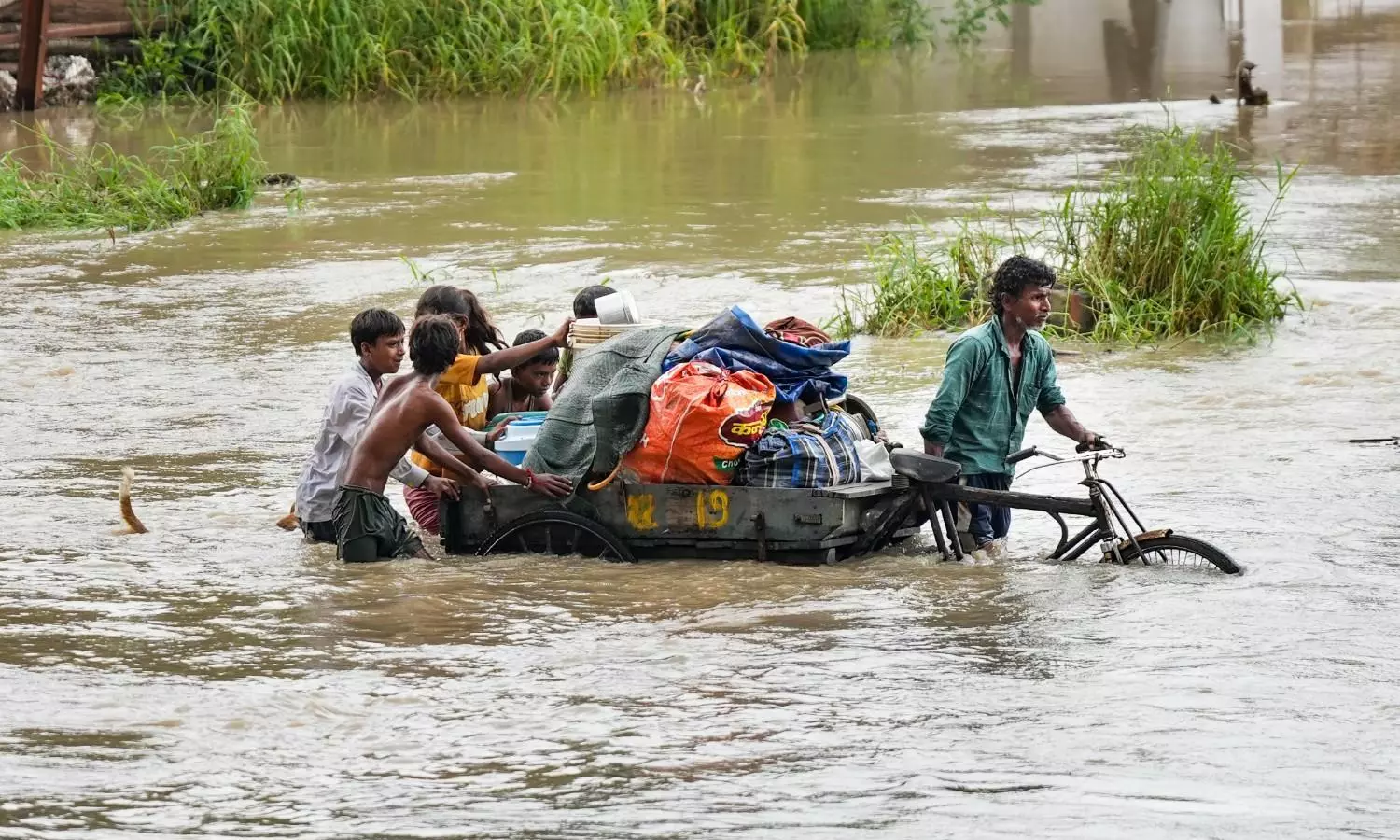
- Home
- India
- World
- Premium
- THE FEDERAL SPECIAL
- Analysis
- States
- Perspective
- Videos
- Sports
- Education
- Entertainment
- Elections
- Features
- Health
- Business
- Series
- In memoriam: Sheikh Mujibur Rahman
- Bishnoi's Men
- NEET TANGLE
- Economy Series
- Earth Day
- Kashmir’s Frozen Turbulence
- India@75
- The legend of Ramjanmabhoomi
- Liberalisation@30
- How to tame a dragon
- Celebrating biodiversity
- Farm Matters
- 50 days of solitude
- Bringing Migrants Home
- Budget 2020
- Jharkhand Votes
- The Federal Investigates
- The Federal Impact
- Vanishing Sand
- Gandhi @ 150
- Andhra Today
- Field report
- Operation Gulmarg
- Pandemic @1 Mn in India
- The Federal Year-End
- The Zero Year
- Science
- Brand studio
- Newsletter
- Elections 2024
- Events
- Home
- IndiaIndia
- World
- Analysis
- StatesStates
- PerspectivePerspective
- VideosVideos
- Sports
- Education
- Entertainment
- ElectionsElections
- Features
- Health
- BusinessBusiness
- Premium
- Loading...
Premium - Events

Yamuna breaches danger mark; water begins entering Delhi’s trans-Yamuna area
The river is flowing at 205.80 metres at the Old Railway Bridge; authorities have urged residents in low-lying areas to evacuate

With the Yamuna crossing the danger mark on Tuesday (September 2), water began entering homes in several parts of Delhi’s Trans-Yamuna area.
According to officials, the water level rose to 205.80 metres at the Old Railway Bridge on Tuesday morning, surpassing the danger mark of 205.33 metres.
The breach heightened the flood threat to low-lying parts of the capital.
Also Read: Residents of Yamuna floodplain in Delhi told to shift as water level rises steadily
Delhi under high alert
After a night of heavy rain, residents in several neighbourhoods woke up to waterlogged streets and inundated houses. Mayur Vihar and adjoining localities in the Trans-Yamuna belt were among the worst hit.
At 8 am, the Yamuna was flowing at 205.80 metres at the Old Yamuna Bridge, with the river receiving a massive discharge of 1.76 lakh cusecs from Hathni Kund Barrage, 69,210 cusecs from Wazirabad Barrage, and 73,619 cusecs from Okhla Barrage.
Authorities have been making announcements from boats, asking people living near the riverbanks to evacuate.
"We are constantly urging people to move out of flood-prone areas. All district magistrates have been instructed to remain on high alert," an official told PTI.
CM urges preparedness
On Monday (September 1), Delhi Chief Minister Rekha Gupta assured that the government is fully prepared to manage the situation.
By 6 am, the Yamuna was already flowing at 205.68 metres, and by 8 am, it had climbed further to 205.80 metres with continuous releases from the barrages.
With the record release of water from Haryana, in Delhi, authorities are on high alert. Authorities have advised residents of the Yamuna floodplains to relocate, warning that the river could touch the evacuation mark of 206 metres by evening.
Also Read: Fresh flood alarm in UP as both Ganga and Yamuna rise amid heavy rain
Orange alert for Gurugram
Meanwhile, heavy rainfall has flooded large parts of Gurugram, leaving large areas submerged and traffic at a standstill.
District authorities urged corporate offices to allow employees to work from home and directed schools to switch to online classes as the city struggles with severe waterlogging.
The India Meteorological Department (IMD) issued an orange alert, warning of heavy to very heavy rainfall on Tuesday.
The advisory stated, “In view of the forecast, all corporate offices and private institutions in the district are advised to guide their employees to work from home; and all schools in the district are advised to conduct online classes on 02-09-2025.”
By Monday evening, Gurugram had recorded over 100 millimetres of rainfall, leading to waterlogging in many areas and heavy traffic congestion. Commuters were stuck on National Highway-48 for hours.
Traffic hit, flight operations disrupted
Visuals from Rajiv Chowk, Signature Tower Chowk underpass, and Patel Nagar showed, vehicles moving slowly through waterlogged stretches, while people waded through waist-deep water.
In Delhi, the downpour worsened congestion, particularly at the Delhi-Gurugram border, and raised concerns about flooding along the Yamuna.
Flight operations at the capital’s airport were also disrupted due to waterlogging and poor visibility, prompting airlines to issue travel advisories.
Evacuation advisory
The Central Water Commission (CWC) has projected that the Yamuna could rise to around 206.50 metres by the evening of Tuesday.
As a result, authorities announced the closure of the Loha Pul bridge over the Yamuna River for all traffic and public movement from 5 pm on Tuesday.
According to a Central flood control room advisory, all Sector Officers are hereby advised to keep strict vigil in their respective areas and take necessary action at vulnerable points.
People residing within the river embankments shall be warned and shifted to safer places.The police and staff of the I&FC Department are instructed to undertake patrolling along right and left marginal embankments and maintain round-the-clock vigilance at vulnerable points, regulators, pumps, etc. as required, the advisory further said.
Also Read: Delhi rains: Yamuna water level rises close to evacuation mark
IMD predicts more rain
The IMD has forecast cloudy skies with light rain or thundershowers in Delhi between September 2 and 4.
On Tuesday, moderate rainfall was expected at isolated places, with maximum temperature between 30-32°C and minimum temperature of 21-23°C, about 3-5°C below normal.
Winds were predicted at 15-20 kmph in the morning, under 22 kmph in the afternoon and below 16 kmph by evening. On September 3, light rain is likely, with maximum temperatures between 32-34°C and minimum temperature of 22-24°C.
(With agency inputs)
